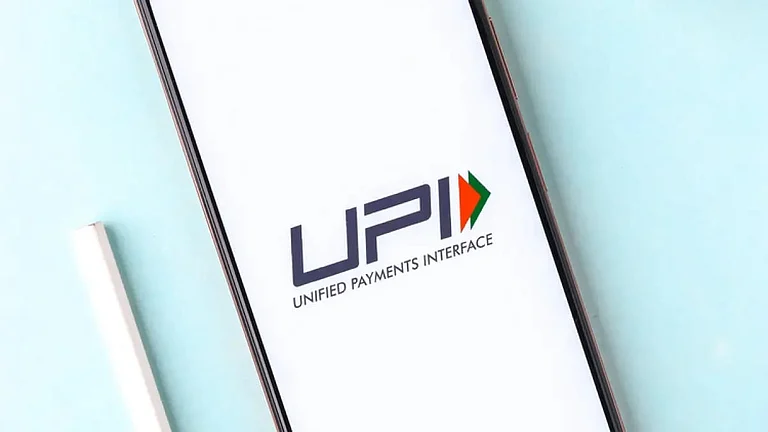In an effort to stem the rising instances of financial fraud, the Department of Telecommunications (DoT) has introduced a new platform called the Financial Fraud Risk Indicator (FRI). The platform classifies mobile numbers based on their potential to commit scams. It is part of the government's larger scheme called the Digital Intelligence Platform (DIP) through which it pools and transmits data from banks, payment apps, and other significant institutions.
So, if your recent Unified Payments Interface (UPI) payment through apps like PhonePe, Google Pay, or Paytm was withheld or blocked, it might be due to this new system. It may not necessarily be a technical glitch—it is a fraud prevention step by the app after it checks your mobile number’s risk ranking with the FRI.
According to a press release dated May 21, 2025, by the Ministry of Communications, the FRI is the result of a multi-layered system that analyses data from various sources. These include reports submitted on the National Cybercrime Reporting Portal (managed by the Indian Cybercrime Coordination Centre), complaints lodged on DoT’s proprietary Chakshu platform, and intelligence obtained from banks and financial institutions.
FRI gives each mobile number a medium, high, or very high risk grade based on its past performance in detecting fraud reports or suspicious transactions. These grades help those applications and banks to either approve or decline individual UPI transactions, by marking their potential risk level.
The network works in alignment with the Digital Intelligence Unit (DIU), which in turn has a Mobile Number Revocation List (MNRL). This includes numbers being disconnected on account of being misused in fraud, re-verification failure, or exceeding usage thresholds. These are generally used for a brief period and are then left idle, so it's necessary to detect them early on to avoid scams.
UPI applications are now relying on this information to protect users. PhonePe was the pioneer in taking advantage of FRI. Now, it is blocking transactions with very high-risk numbers and showing on-screen alerts if customers try to send money to them. For medium risk numbers, PhonePe shows a warning, but gives users the option to proceed.
PhonePe’s in-house records show that this system is working well. The model has been able to show very high accuracy in predicting numbers most likely to be involved in scams. This warning system saves users from being misled and enables them to make smart choices.
At present, all the leading UPI apps—PhonePe, Paytm, and Google Pay—are using FRI to process UPI transactions and hold back a few for high-risk numbers, including displaying warnings or prompting users to confirm before going ahead.
Banks and financial institutions also make use of FRI data for strengthening security in their systems. By assessing fraud risk on a telephone number, they can block or flag suspicious-looking transactions.










